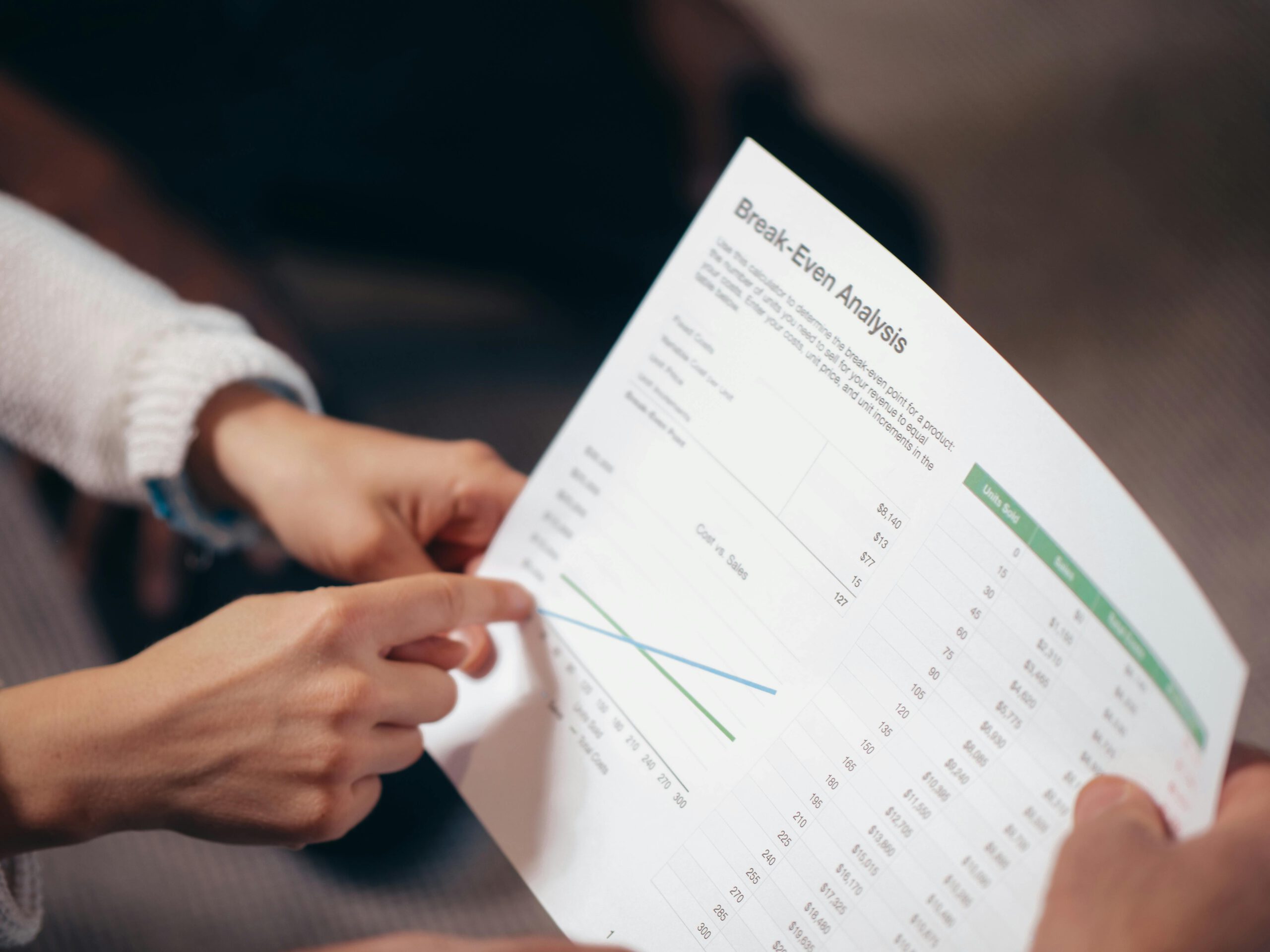Most sales forecasts look good – until you realize they’re built on internal assumptions, not on real customer progress.
In many capital goods companies, sales teams regularly update their forecast. Opportunities are labeled, weighted, and pushed forward in CRM. From the outside, it looks like a system. But under the surface, something’s off: deals get stuck, quotes go unanswered, and revenue goals feel oddly detached from reality.
The Core Problem: Internal Activity ≠ Customer Progress
Sales forecasts often rely on internal milestones – not on where the customer really stands in their decision process.
One of the first turning points in many of our projects comes when we visualize the client’s funnel using real CRM data. Tools like Aurora help structure the funnel around observable customer behavior – which is especially critical in long, complex buying cycles.
What sounds like a straightforward step – mapping existing opportunities to clearly defined funnel stages and customer commitments – quickly reveals fundamental issues:
- Dozens of deals marked as “Negotiate” haven’t seen movement in months.
- “Quote” often means: We sent something because someone asked – not because a real buying process has started
- Forecasted pipeline volume is inflated, because no one challenged the stage logic.
Teams suddenly realize: Our forecast isn’t a mirror of the market. It’s a mirror of our hopes.
What Changes When the Structure Is Right?
Instead of relying on gut feeling or internal milestones, a structured funnel focuses on observable customer behaviors:
- Has the buying center been identified?
- Is there clarity on timeline and budget?
- Has the customer confirmed their evaluation criteria?
This kind of logic does two things:
- It forces a reset: Many deals move back to earlier stages – but this brings clarity, not loss.
- It shifts the sales conversation: From “What’s next for us?” to “What’s next for them?”
In day-to-day business, this changes how teams review their pipeline. Instead of pushing deals forward based on pressure, they discuss:
What’s missing for this customer to move forward?
What’s our next best action?
The Insight: Forecast Accuracy Starts with Funnel Honesty
Reliable forecasting begins with one uncomfortable step: being honest about what’s real.
That means: fewer assumptions, fewer bloated pipelines – and more focused sales execution.
In practice, this requires a consistent structure: clear funnel stages, shared definitions, and data that reflects the customer’s journey – not internal progress markers.
Teams that establish this kind of logic – often supported by solutions like Aurora – are able to steer more confidently, spot risks earlier, and create real alignment across regions and roles.
It’s not about complexity. It’s about clarity.
If your forecast feels like guesswork, the issue isn’t your CRM – it’s your funnel logic.
Aurora helps capital goods sales teams replace internal assumptions with customer-driven stages, making forecasts more reliable and steering more effective – even in long buying cycles.


